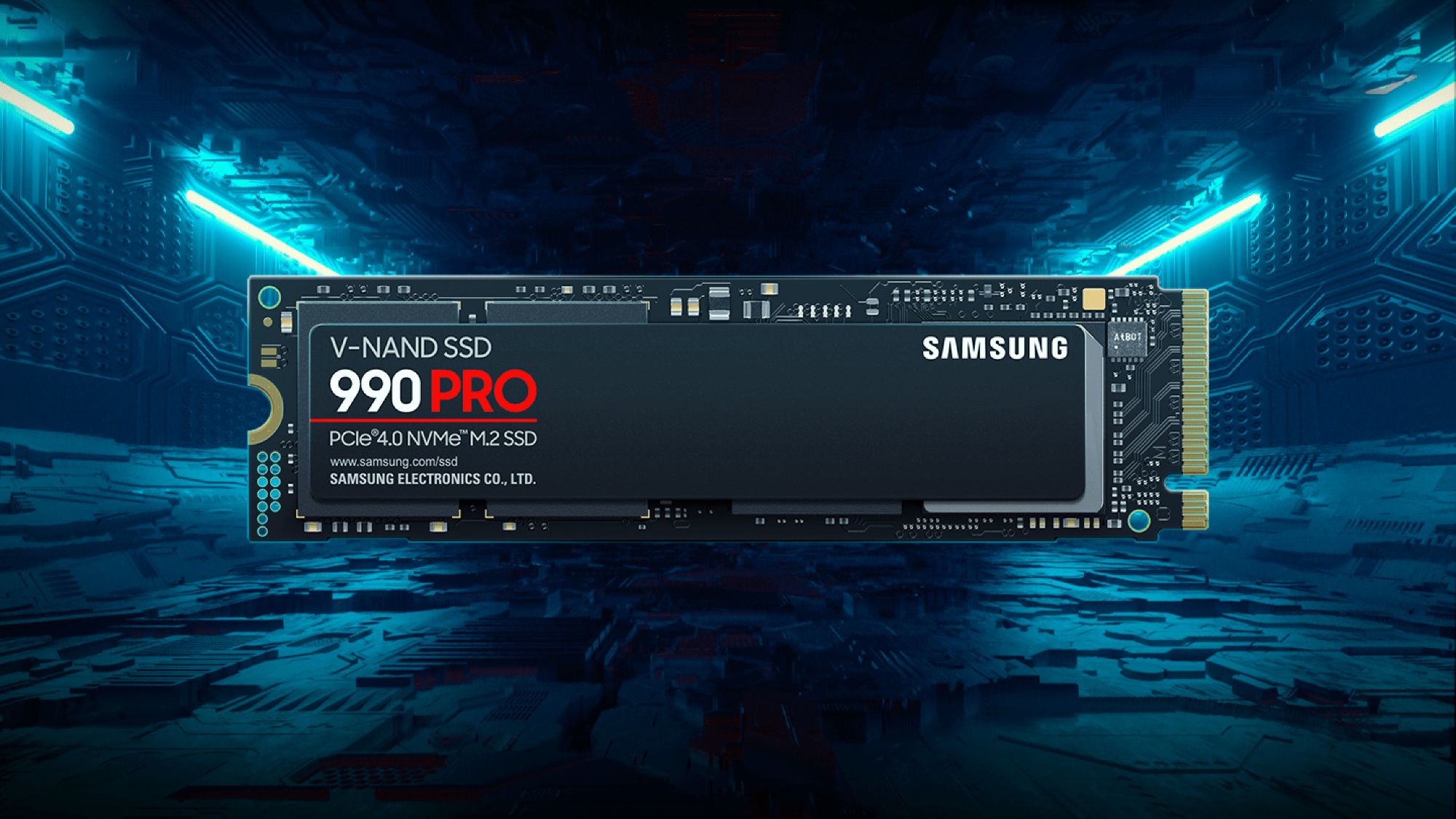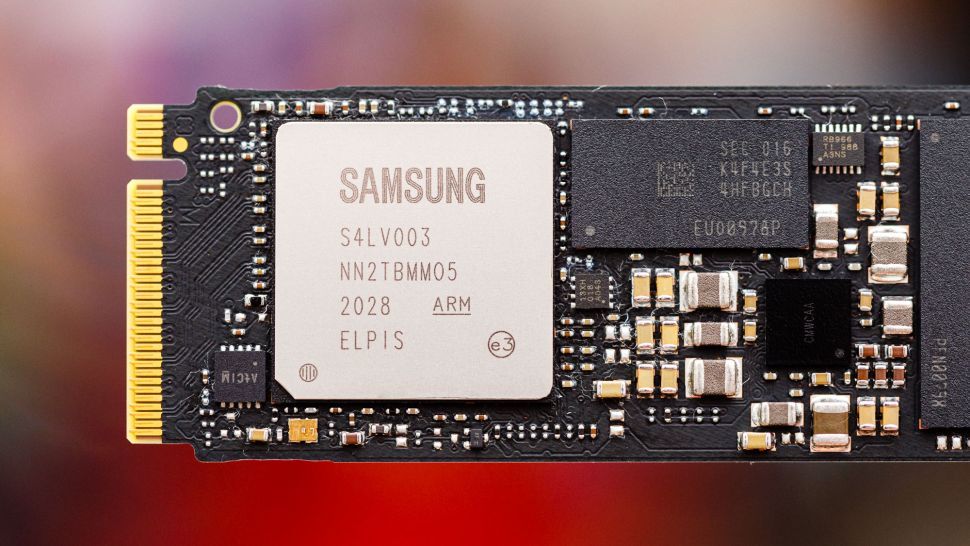Being only loosely connected these days, I don't know if I missed a discussion on this or not. Samsung is having problems with their 990 SSDs.

 www.techradar.com
www.techradar.com

Samsung 990 Pro SSDs are apparently failing fast, and nobody knows why
Samsung has apparently yet to replicate the issue



